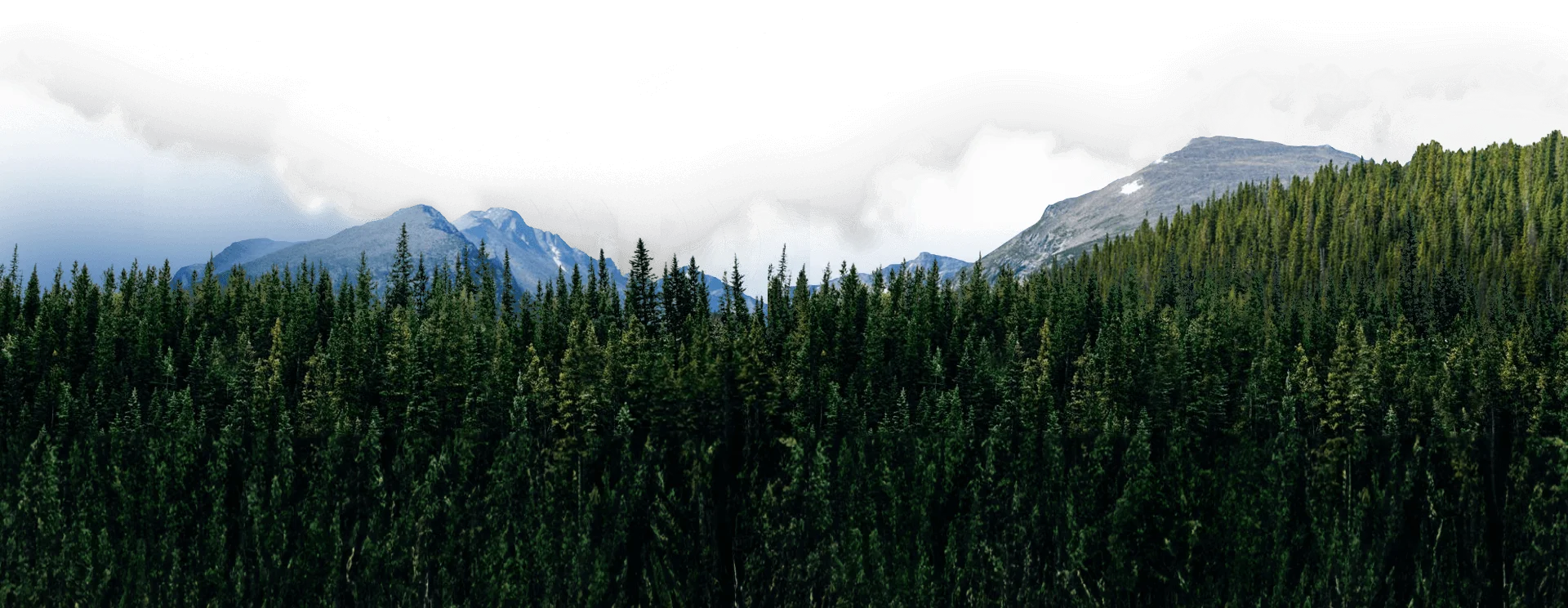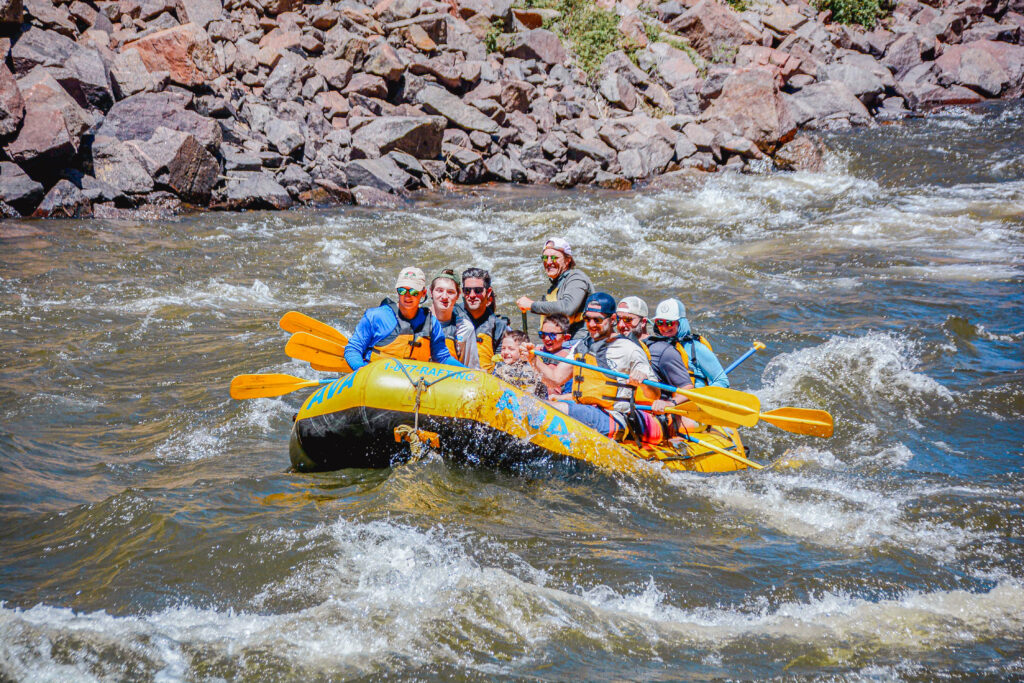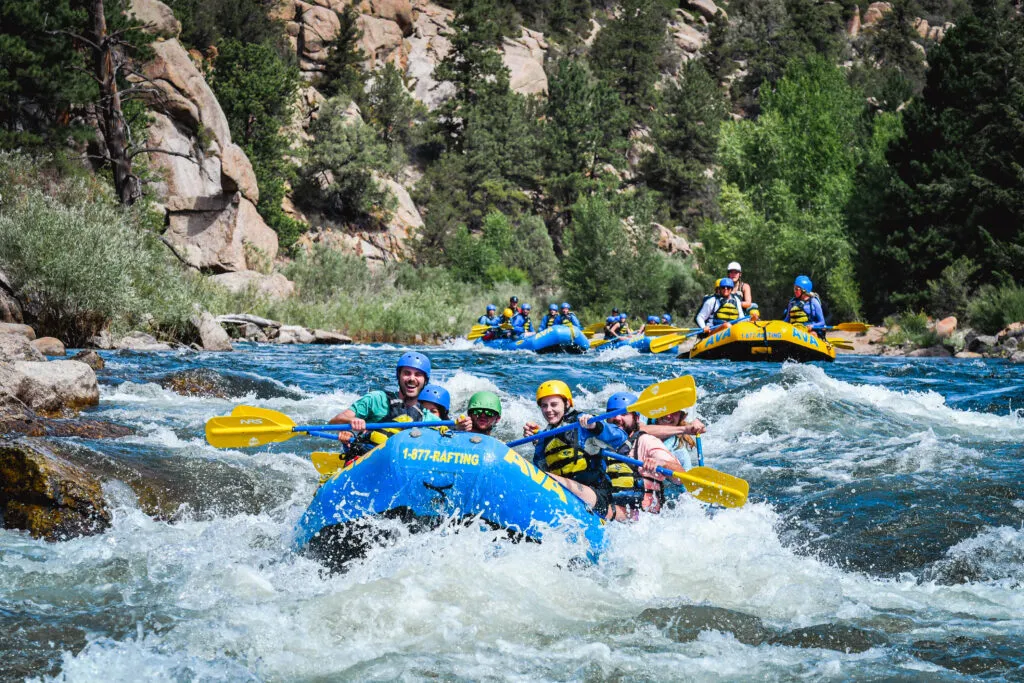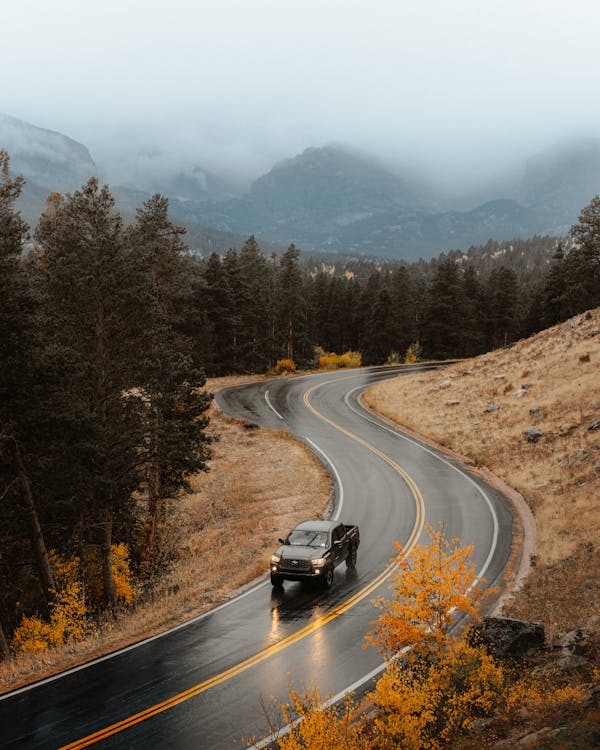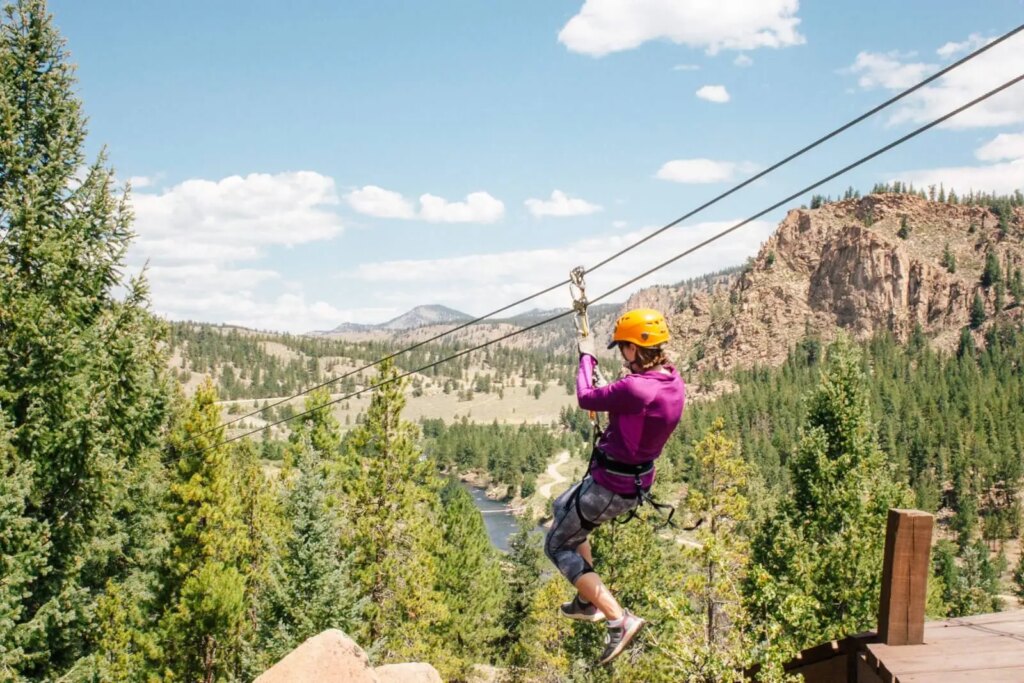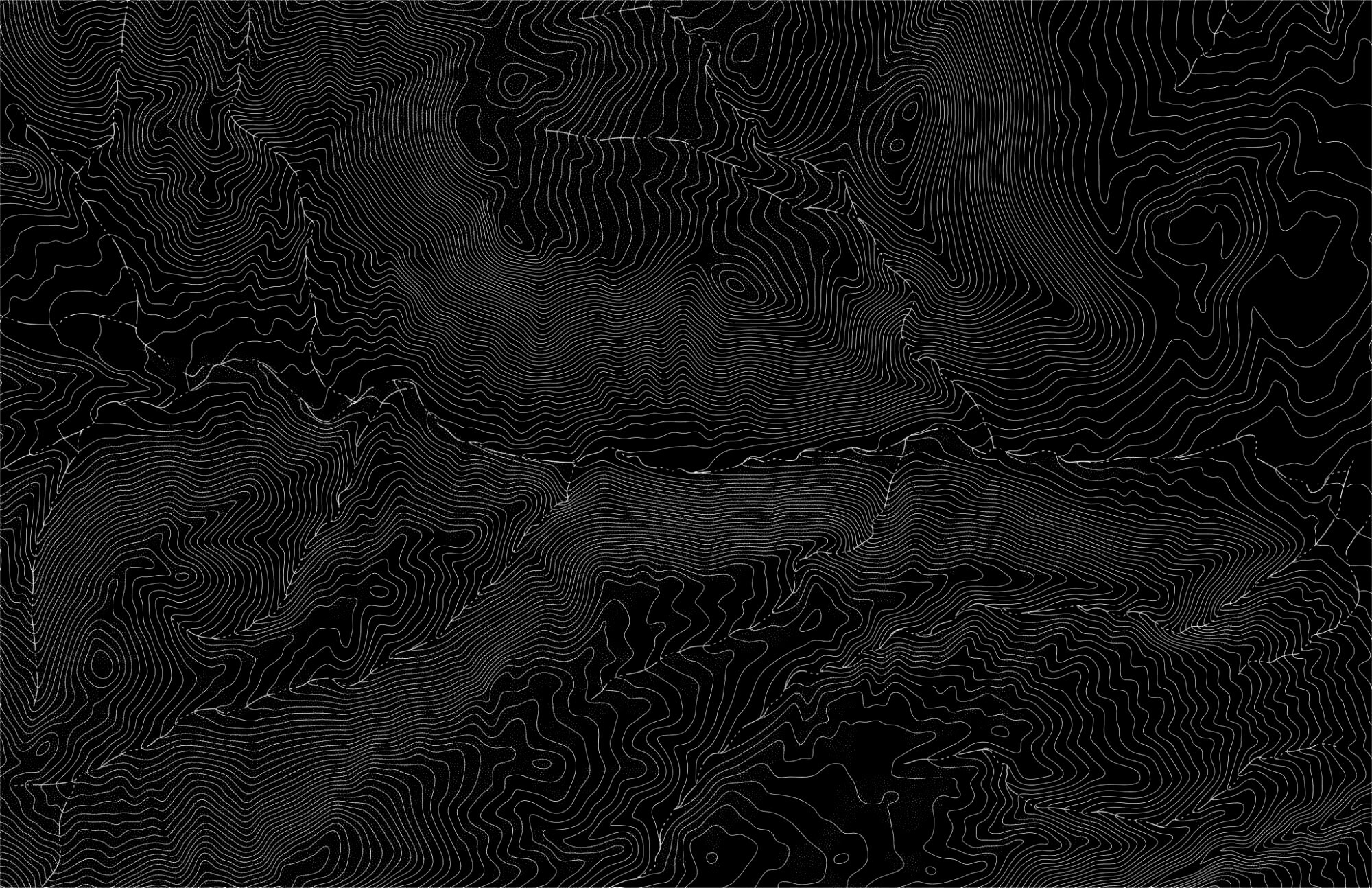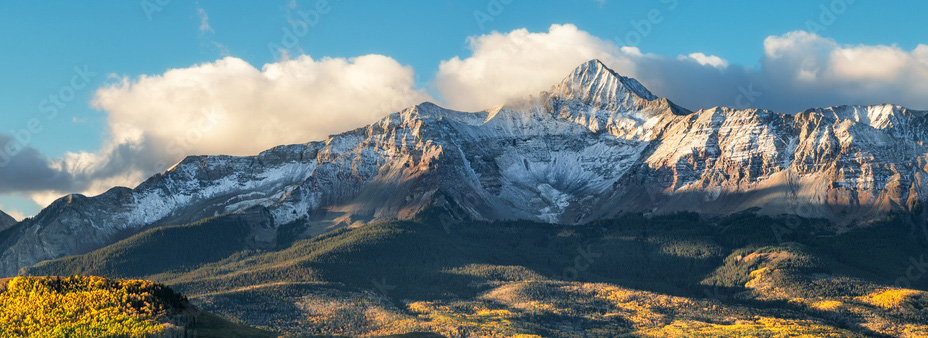We may be eagerly waiting for spring and rafting season, yet winter doesn’t mean we have to pack up the tent! As winter drapes the rugged landscapes of Colorado, a unique opportunity unfolds for adventurous souls: winter camping. With snow-covered peaks, serene alpine lakes, and crisp mountain air, Colorado offers unparalleled backdrops throughout the winter months.
We’ll explore the best Colorado spots for winter camping, tips on choosing the perfect spot, the essential gear needed to brave the elements, and how to ensure you have an enjoyable winter camping adventure.
Best Winter Camping Locations in Colorado
Rocky Mountain National Park:
Nestled in the heart of the Rockies, Rocky Mountain National Park provides a winter wonderland for camping enthusiasts. Trail Ridge Road may be closed, but backcountry camping in areas like Bear Lake and Glacier Gorge offers a secluded and breathtaking experience surrounded by snow-covered peaks and pristine landscapes.
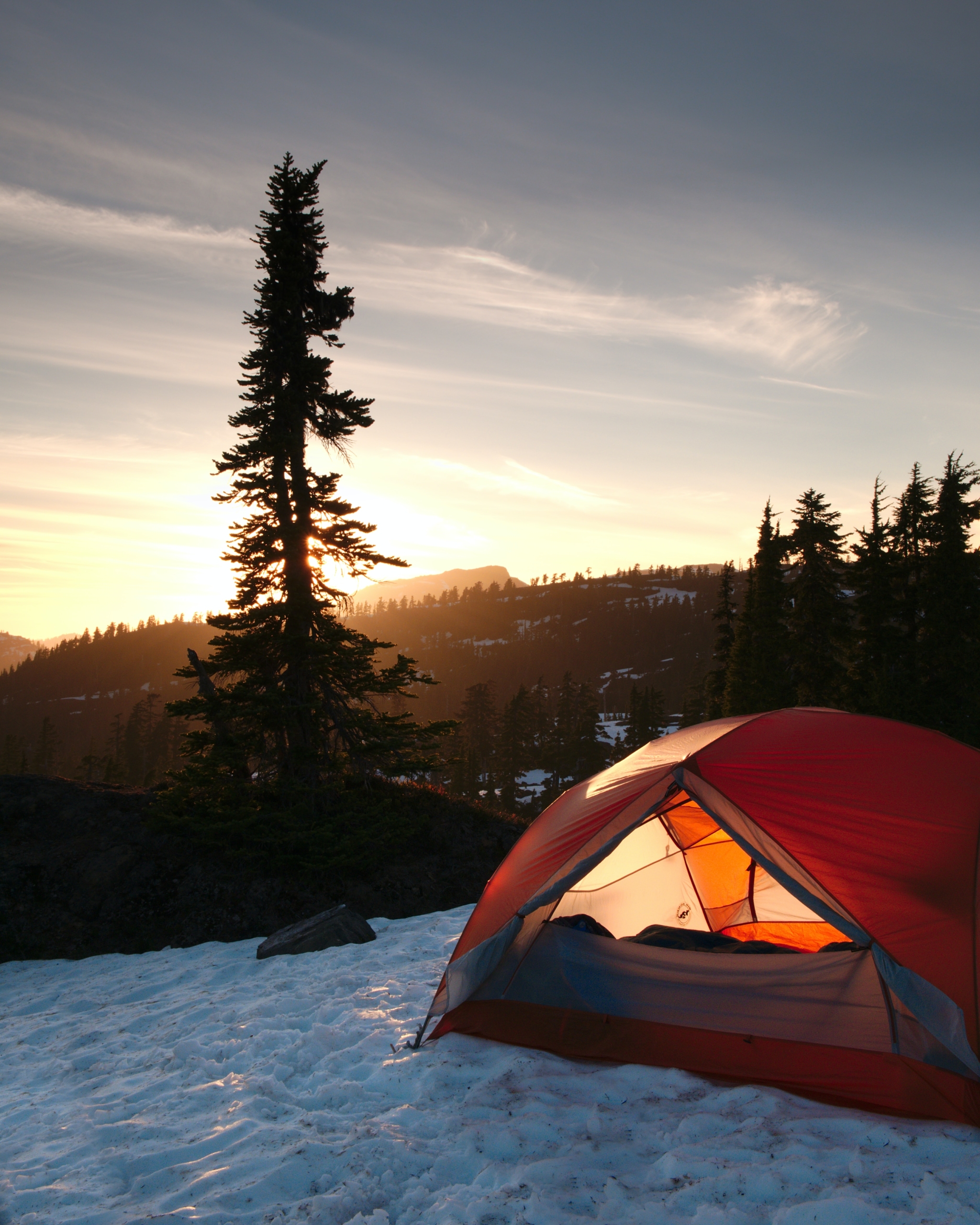
Maroon Bells-Snowmass Wilderness:
The Maroon Bells, near Aspen, become a serene and snowy haven in winter. While the Crater Lake and Maroon Lake campgrounds close, adventurous campers can explore the area through backcountry camping. Be sure to check the Maroon Bells permit requirements and book your permit well in advance of your trip.
Brainard Lake Recreation Area:
Located in the Indian Peaks Wilderness, the Brainard Lake Recreation Area offers a winter camping escape with its frozen lakes and snow-laden trails. Motor vehicles are not allowed in the Brainard Lakes Recreation Area but the Gateway Trailhead Winter parking lot is open for parking and offers access. Snowshoe to Mitchell and Long Lakes for secluded camping spots amidst snow-covered evergreen forests. View the winter map for more information.
Great Sand Dunes National Park and Preserve:
A unique winter camping destination, Great Sand Dunes transforms into a mesmerizing snow-covered landscape. Several campgrounds near the park stay open year-round, while backcountry camping in the dunes is also a year-round option. These areas provide a surreal experience of camping in the shadow of towering snow-covered peaks against a backdrop of sandy landscapes.
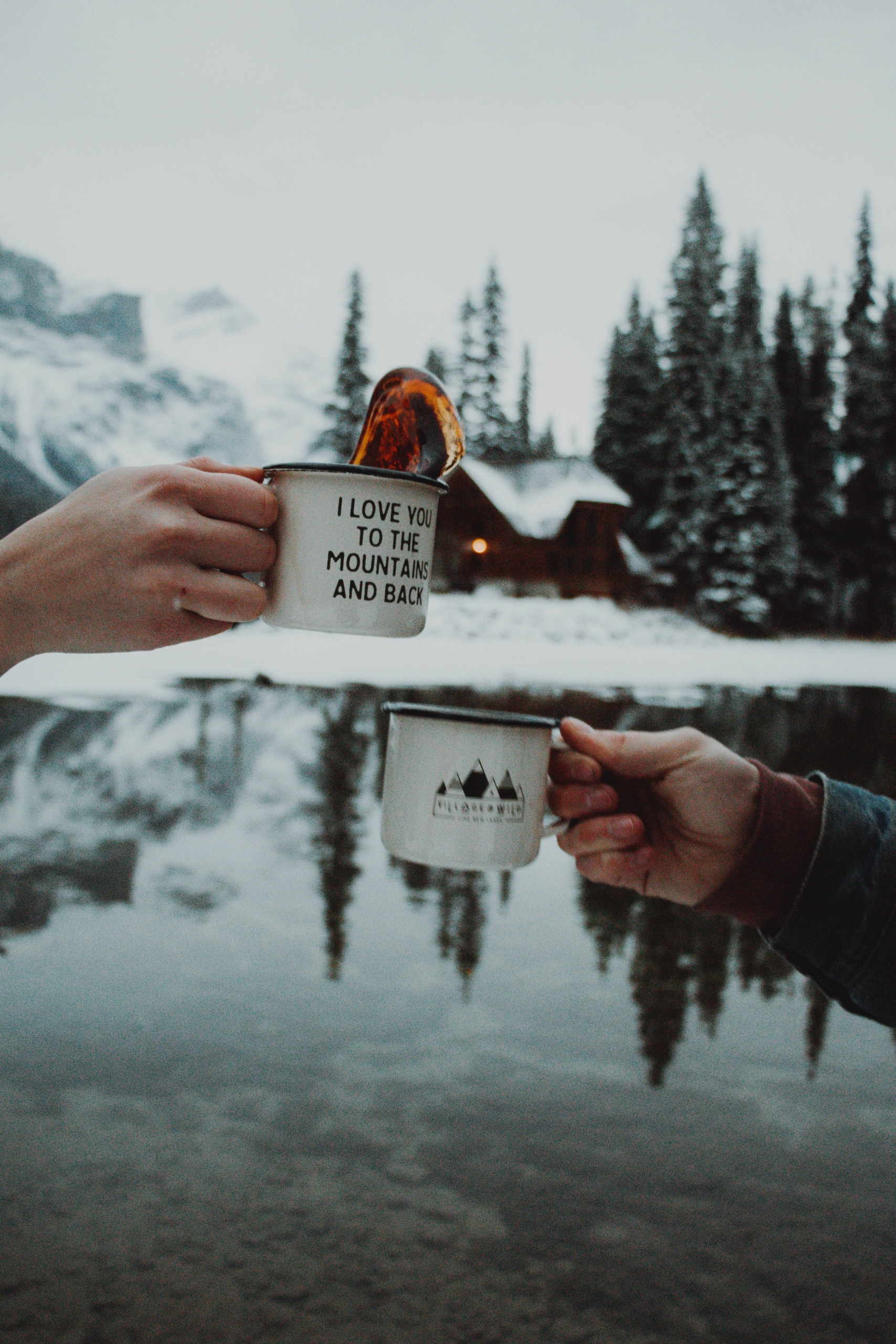
Steamboat Lake State Park:
Northwest Colorado’s Steamboat Lake State Park offers winter camping with access to frozen lakes and snow-laden trails. Set up camp along the shores of Steamboat Lake and enjoy a peaceful retreat with opportunities for ice fishing and snowmobiling. Winter camping opportunities include sites for tents and RVs, with non-electric and electric hook-up options, as well as some cabins.
How to Choose the Perfect Winter Camping Location
Accessibility:
Consider the accessibility of the camping location, especially in winter when certain roads and trails may be closed. Ensure that you have a clear understanding of the accessibility and any winter-specific restrictions in the chosen area. If you do not have backpacking experience or this is your first winter camping adventure, it may be advisable to avoid backcountry sites that require you to carry in all of your gear.
Terrain and Landscape:
Choose a location that aligns with your desired terrain. Whether you seek the challenge of high alpine environments or the unique landscape of the sand dunes, understanding the area is crucial for a fun winter camping experience.
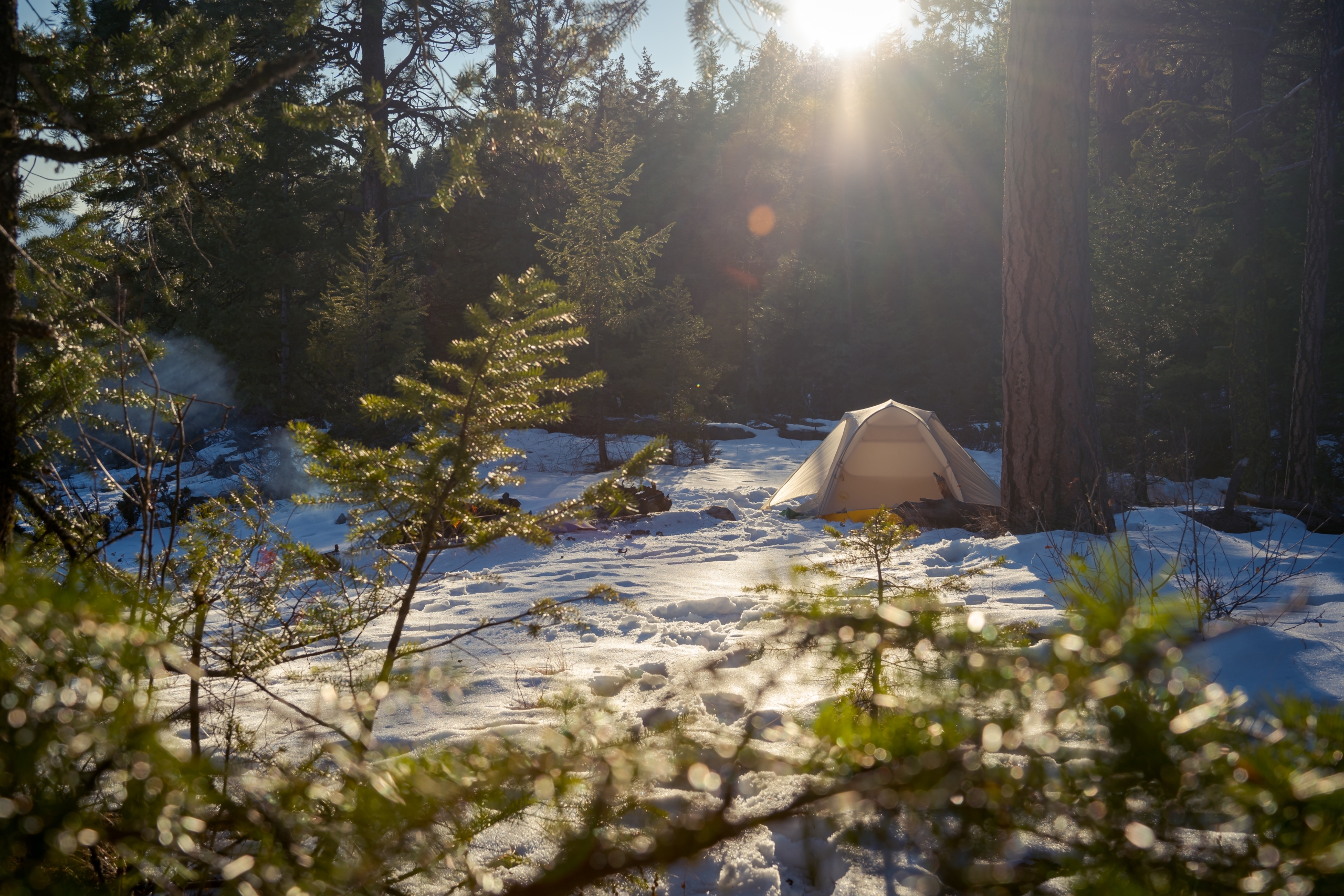
Weather Conditions:
Research the typical weather conditions of the chosen location during the winter months. Be prepared for cold temperatures, potential snowfall, and varying weather patterns. Check Colorado weather forecasts and advisories to plan accordingly.
Permit Requirements:
Verify if a permit is required for winter camping in the chosen area. Many popular winter camping destinations, especially in Colorado’s national parks and wilderness areas, may have specific permit requirements to manage the impact on the environment.
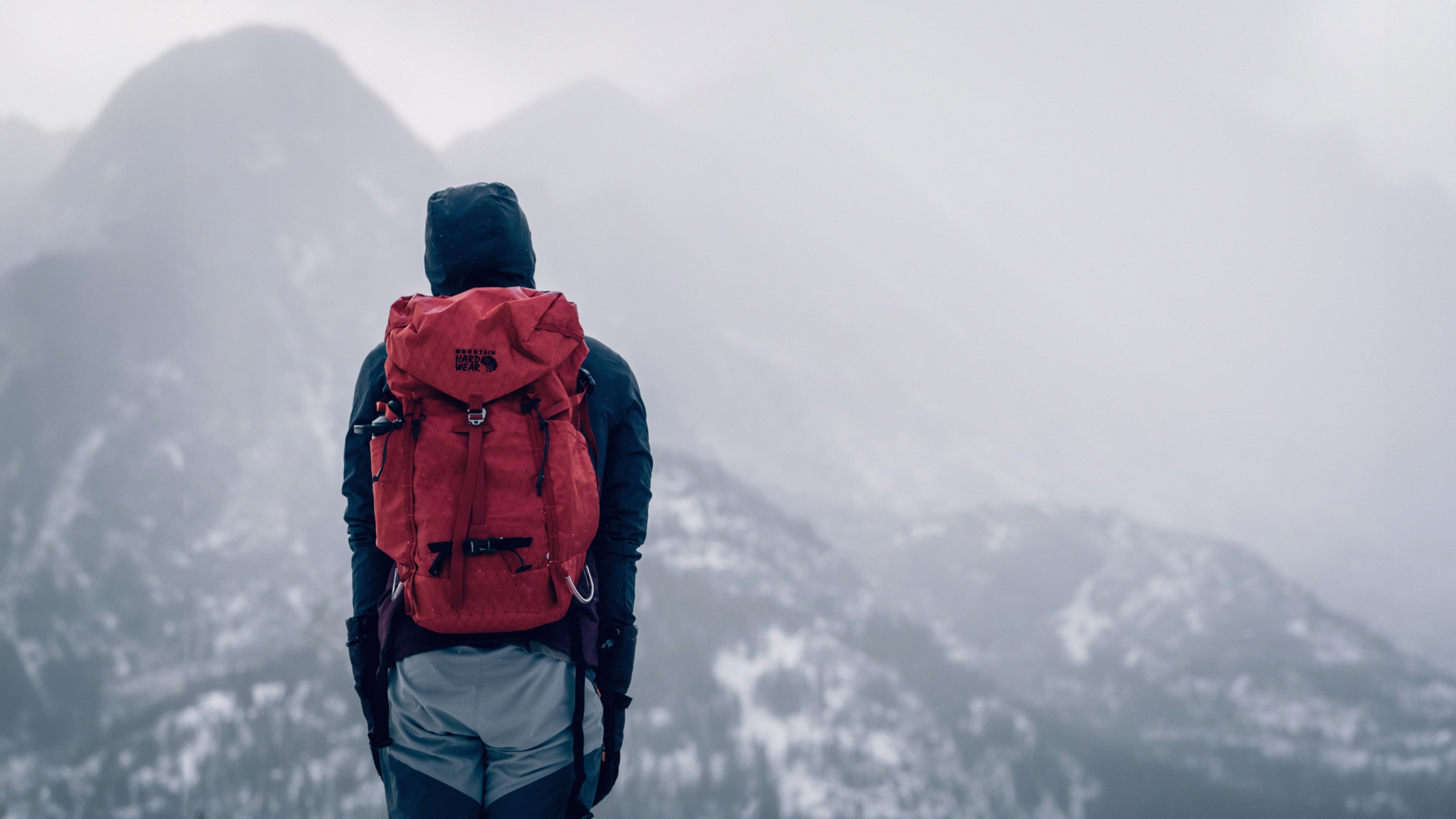
Necessary Winter Camping Gear
For an enjoyable winter camping experience, having the right winter camping gear is crucial.
Four-Season Tent:
Invest in a sturdy four-season tent designed to withstand winter conditions, including heavy snowfall and frigid temperatures. Look for a tent with proper ventilation to prevent condensation.
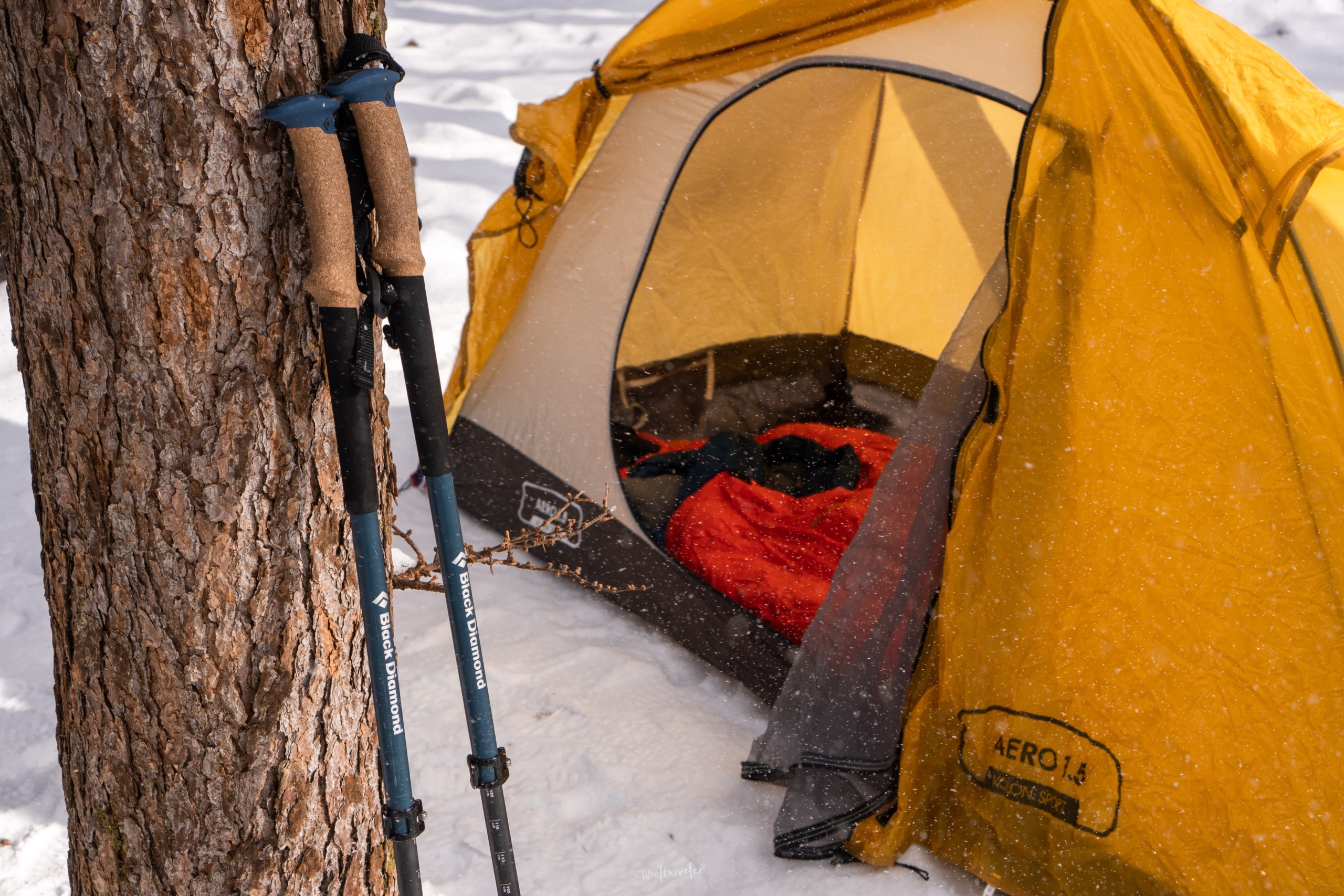
Cold-Rated Sleeping Bag:
Choose a sleeping bag with a temperature rating suitable for winter camping. Down-filled bags often provide excellent insulation, but synthetic options are preferable if there’s a chance of moisture.
Insulated Sleeping Pad:
A high R-value sleeping pad is essential to provide insulation from the frozen ground. Combine it with a closed-cell foam pad for added warmth and comfort.
Layered Clothing:
Dress in layers to manage body temperature. Include moisture-wicking base layers, insulating layers for warmth, and a waterproof and windproof outer layer. Don’t forget warm hats, gloves, and waterproof boots.
Snowshoes or Crampons:
Depending on the terrain, bring snowshoes or crampons for mobility in deep snow or icy conditions. Ensure they are appropriate for the specific winter landscape you’ll encounter.
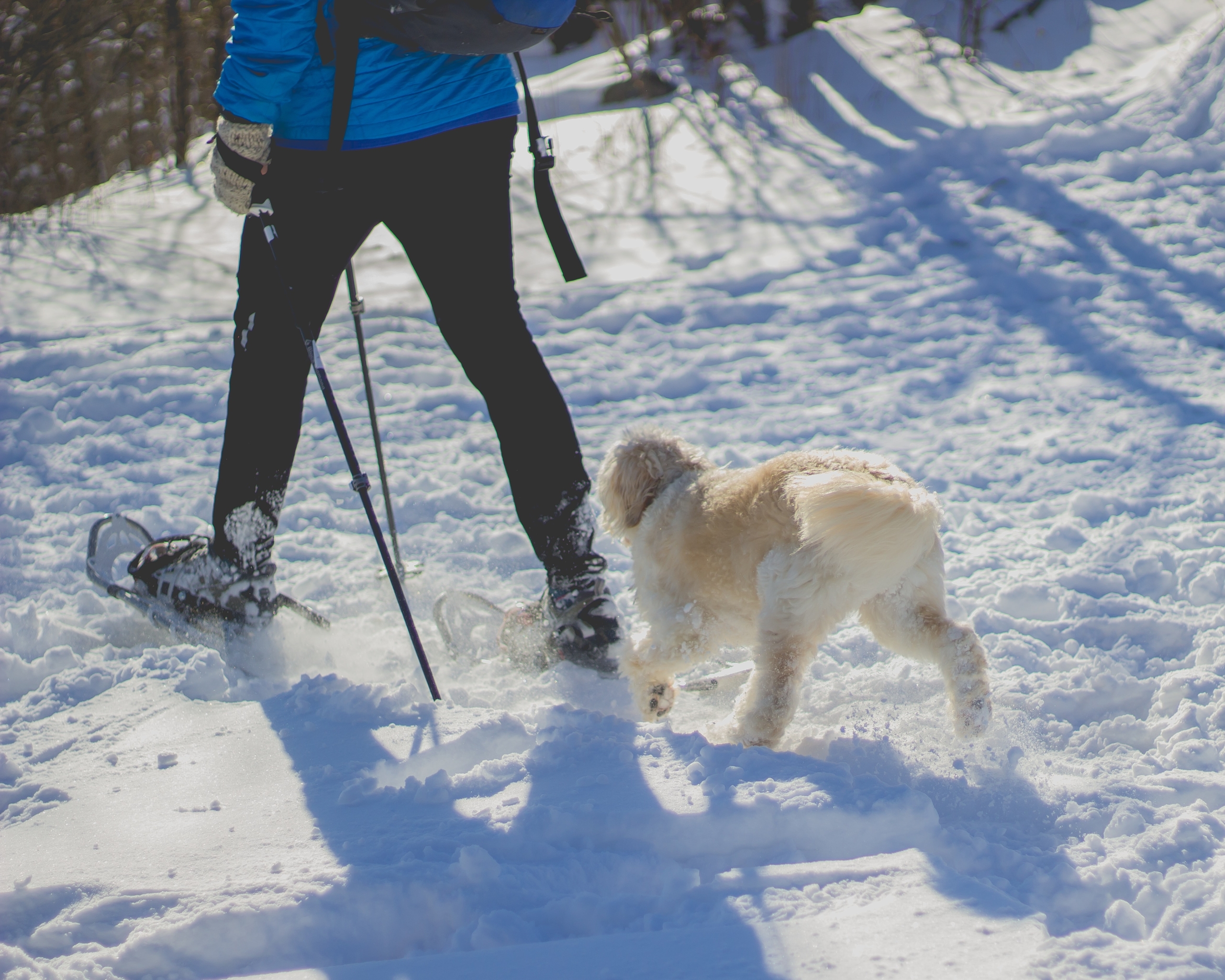
Winter Jacket:
A high-quality winter jacket that is both waterproof and windproof is crucial for staying warm in cold and snowy conditions.
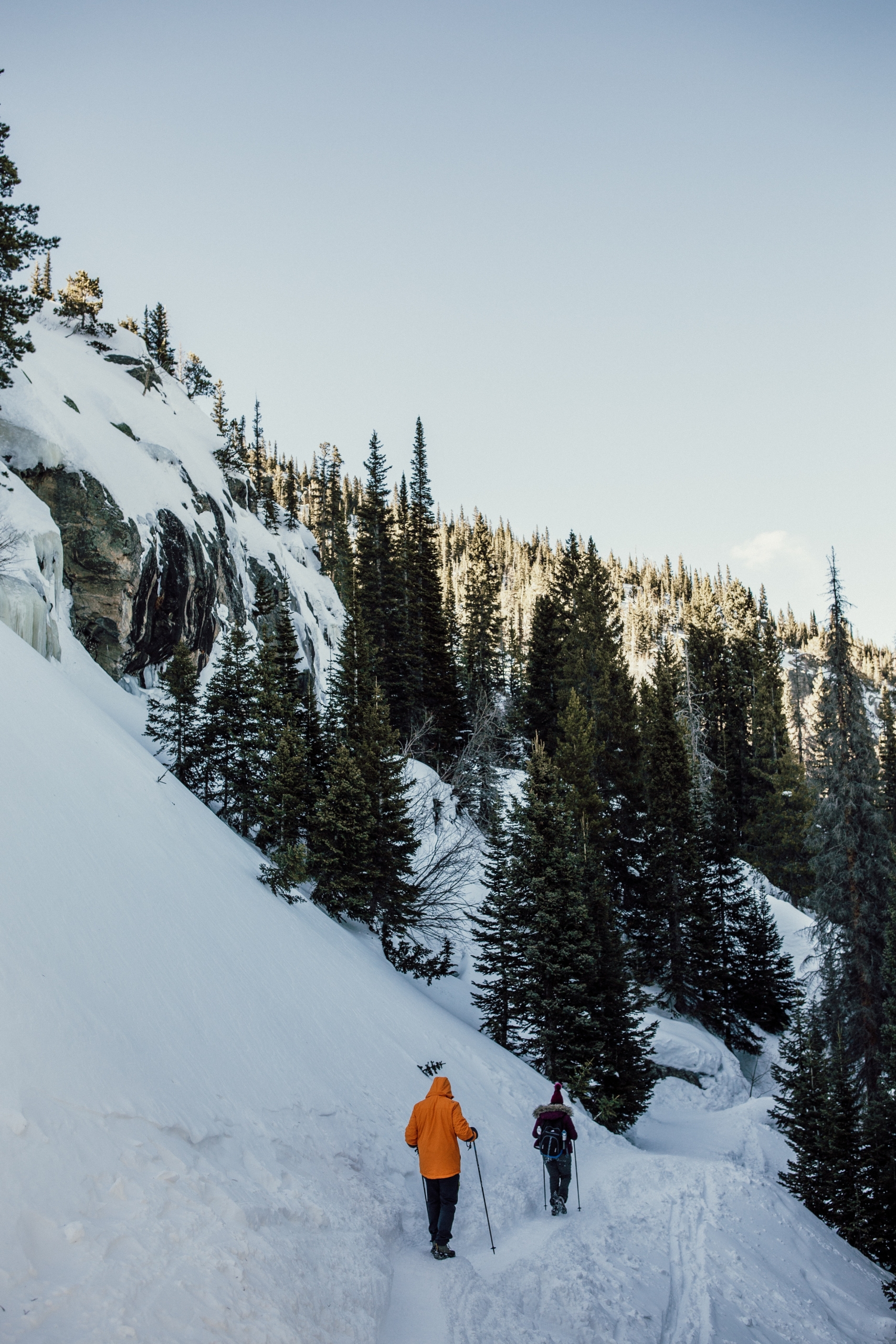
Winter-specific Backpacking Stove:
Standard backpacking stoves may struggle in freezing temperatures. Opt for a winter-specific stove that can handle cold conditions and choose a fuel that doesn’t freeze easily.
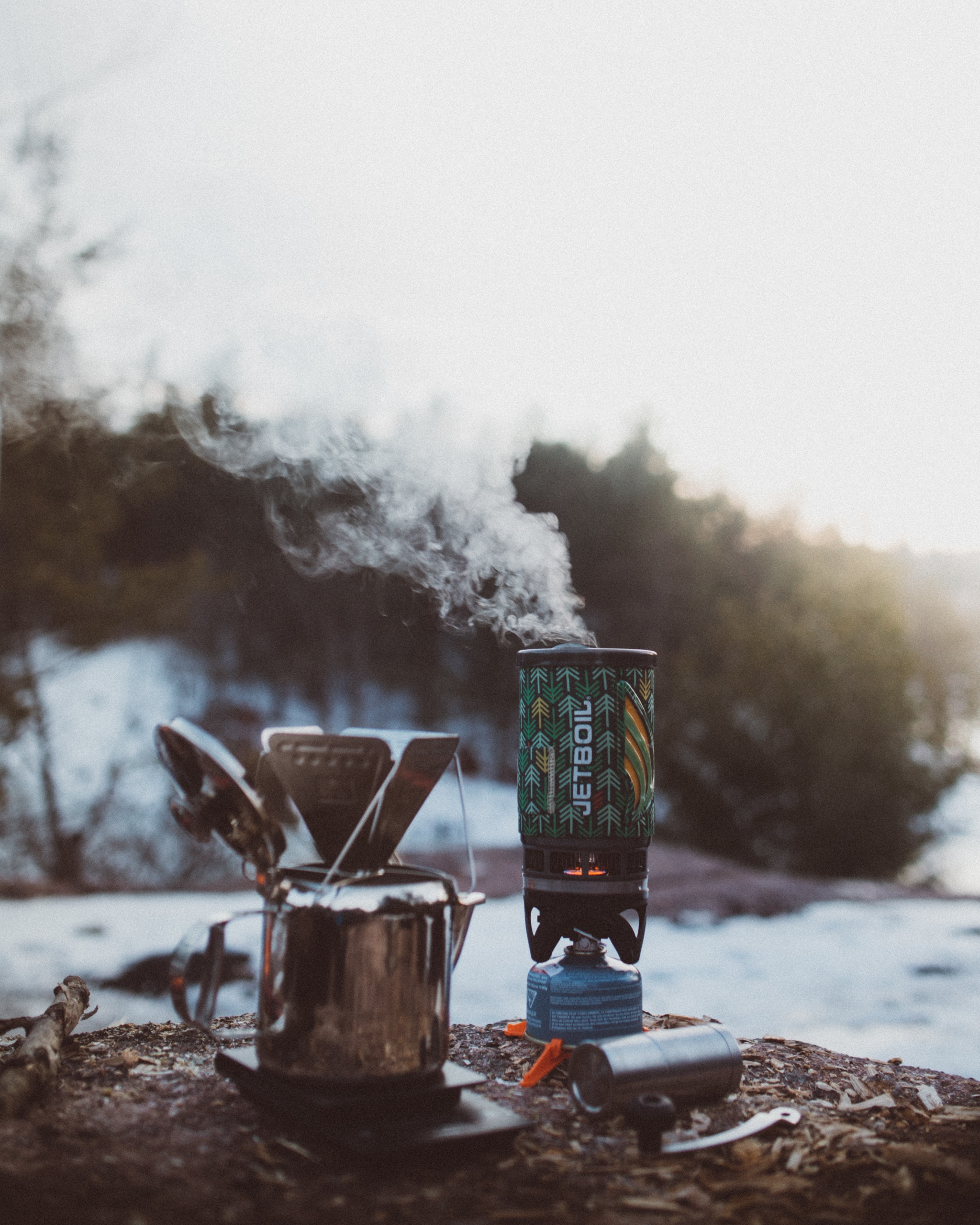
Avalanche Safety Gear (If Applicable):
In areas prone to avalanches, carry essential avalanche safety gear, including a beacon, probe, and shovel. Take an avalanche safety course to understand the risks and proper procedures.
Insulated Water Bottles:
Prevent water from freezing by using insulated water bottles. Consider a thermos for hot drinks to stay hydrated and warm.
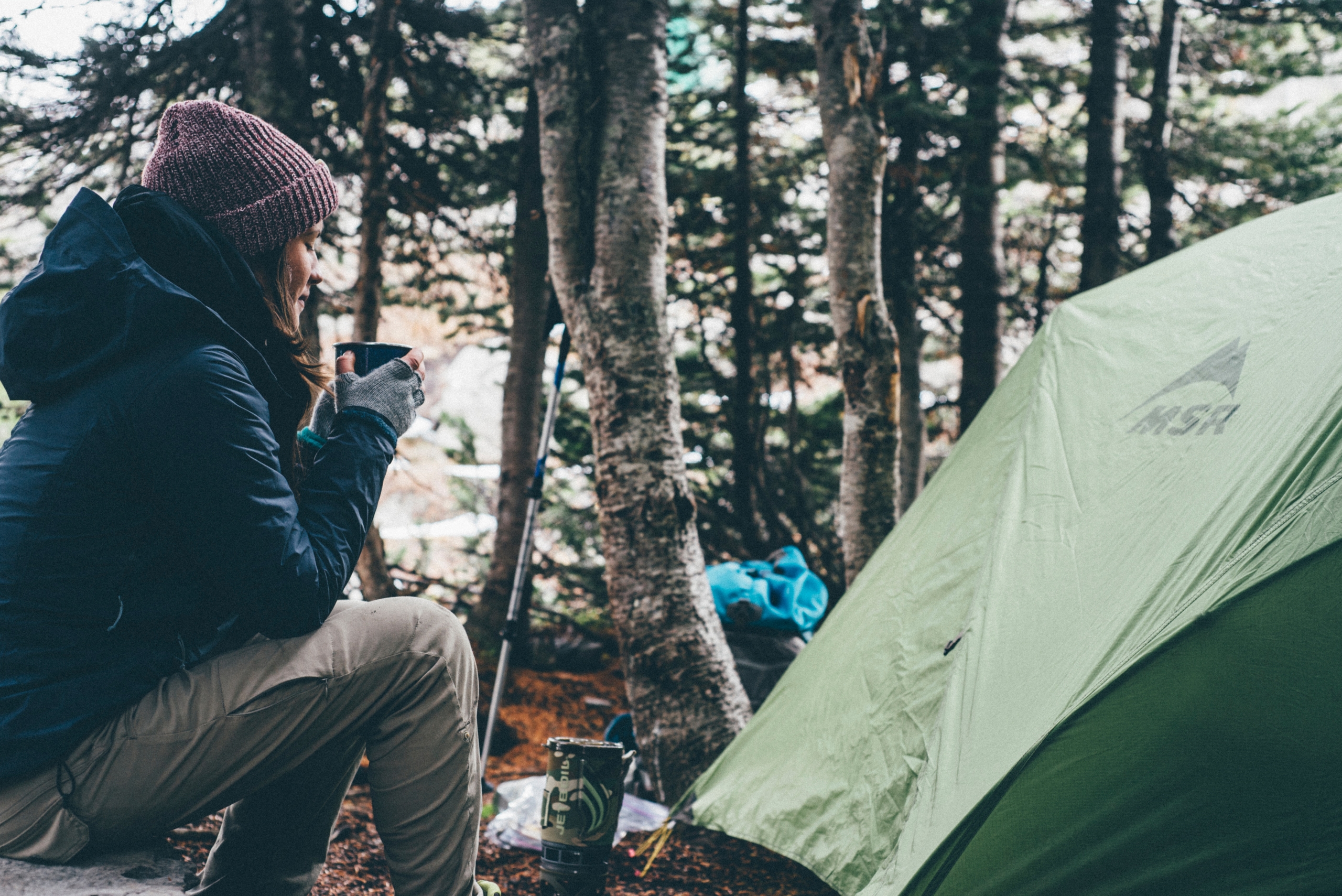
Headlamp or Flashlight:
Winter days are short, and darkness descends quickly. Carry a reliable headlamp or flashlight with extra batteries for navigation and setting up camp at night.
How to Have a Successful Winter Camping Experience
Plan and Prepare:
Thoroughly plan your trip, considering all aspects from the route to the gear. Check weather forecasts, trail conditions, and any specific regulations for the chosen camping area.
Practice Leave No Trace Principles:
Minimize your impact on the environment by following Leave No Trace principles. Pack out all waste, avoid trampling on sensitive vegetation, and camp at least 200 feet away from lakes and streams.
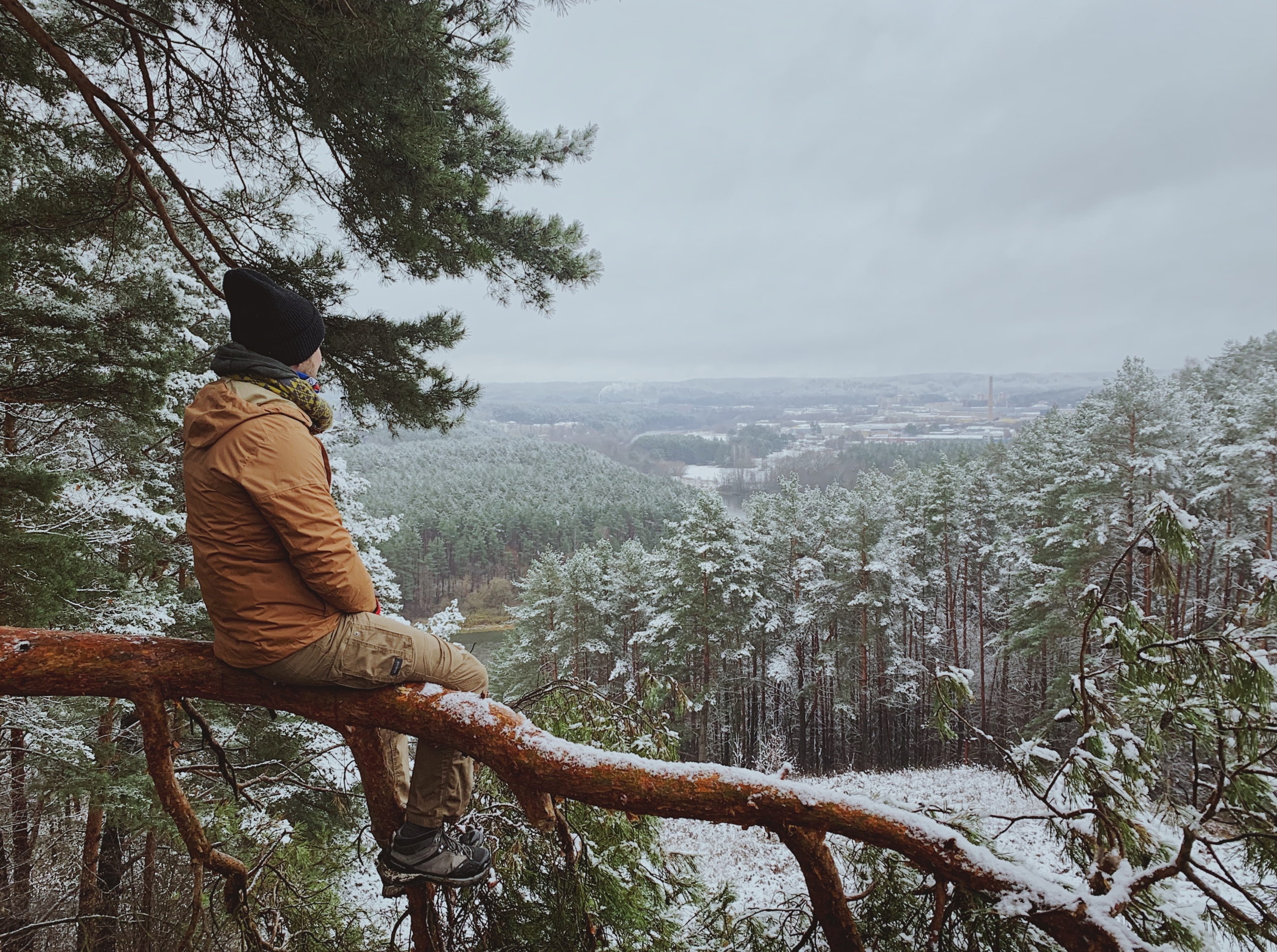
Stay Hydrated and Nourished:
Winter camping requires extra energy to stay warm. Stay hydrated by consistently drinking water and pack high-calorie, easy-to-prepare foods to fuel your body in the cold.
Monitor Weather Conditions:
Stay vigilant about changing weather conditions. Be prepared to adapt your plans if unexpected weather events occur, and prioritize safety in all decisions.
Keep Warm and Dry:
Prioritize staying warm and dry to prevent hypothermia. Change into dry clothes if you get wet, and pay attention to signs of cold-related injuries.
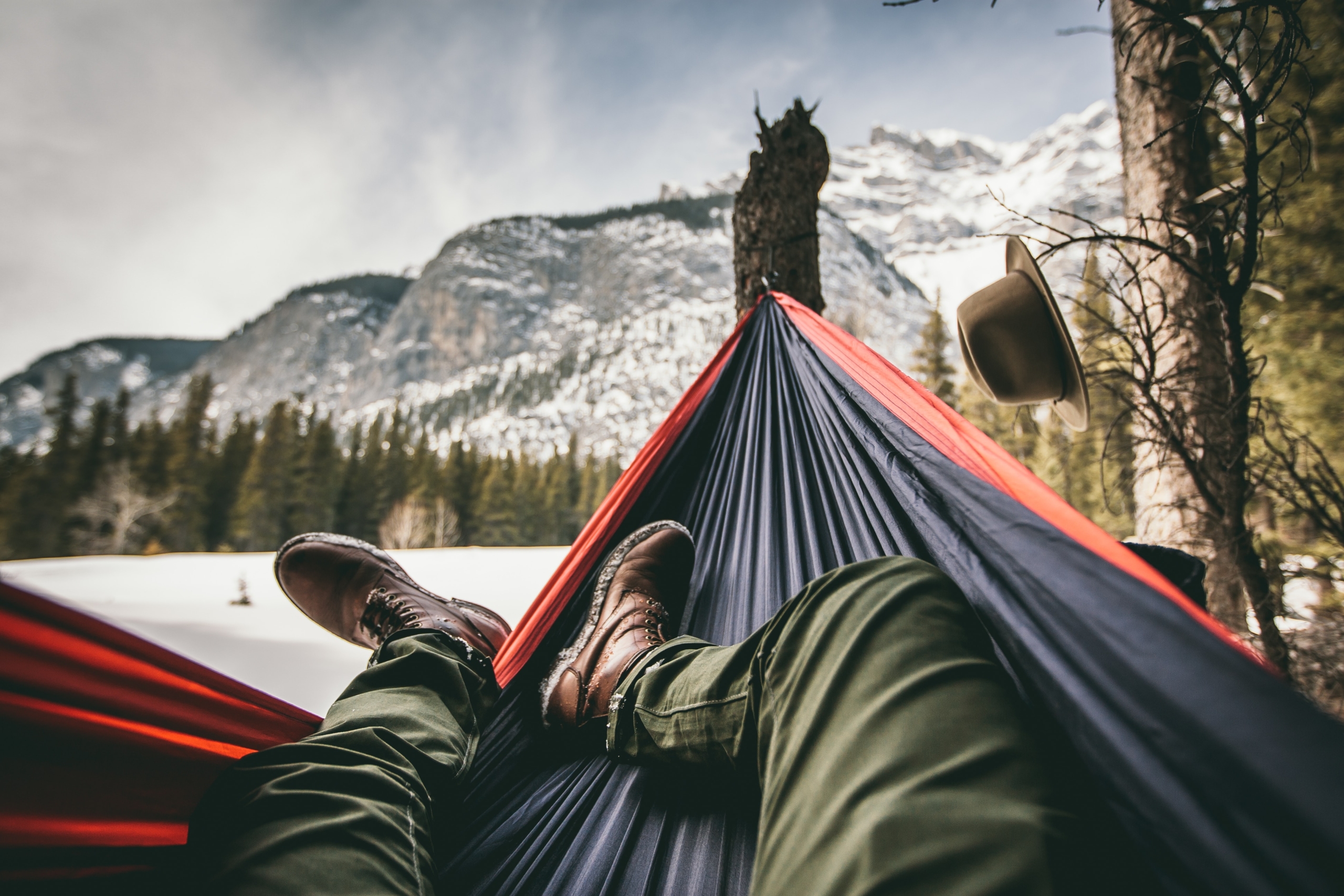
Embrace the Silence:
Winter camping offers a unique opportunity to experience the serene beauty of nature in its quietest moments. Embrace the stillness, listen to the subtle sounds of winter, and savor the peacefulness from the inside of your snow-covered tent.
Whether you explore Colorado’s snow-covered forests, alpine lakes, or majestic mountains, winter camping in Colorado promises to be an exciting winter adventure. Make the most of the snowy days with a camping trip or other winter activity before we’re out rafting our favorite rivers again! Read more about how winter affects the whitewater rafting season and book your trip to get stoked about your next big summer adventure.
Amber Boutwell is a published Denver photographer who loves capturing nature and food. She shoots with natural light but has a deep love for dark skies. When she’s not on mountaintops chasing the Milky Way, she’s managing the great brands behind AVA and The Outlaw Group as their Marketing Manager. She’s been known to quote Joe Pesci, over-kiss cats, enthusiastically eat cheese, and return pugs.
Her motto:
“Seek out places where the Wi-Fi is weak, the views are stunning, and don’t forget the snacks.”
